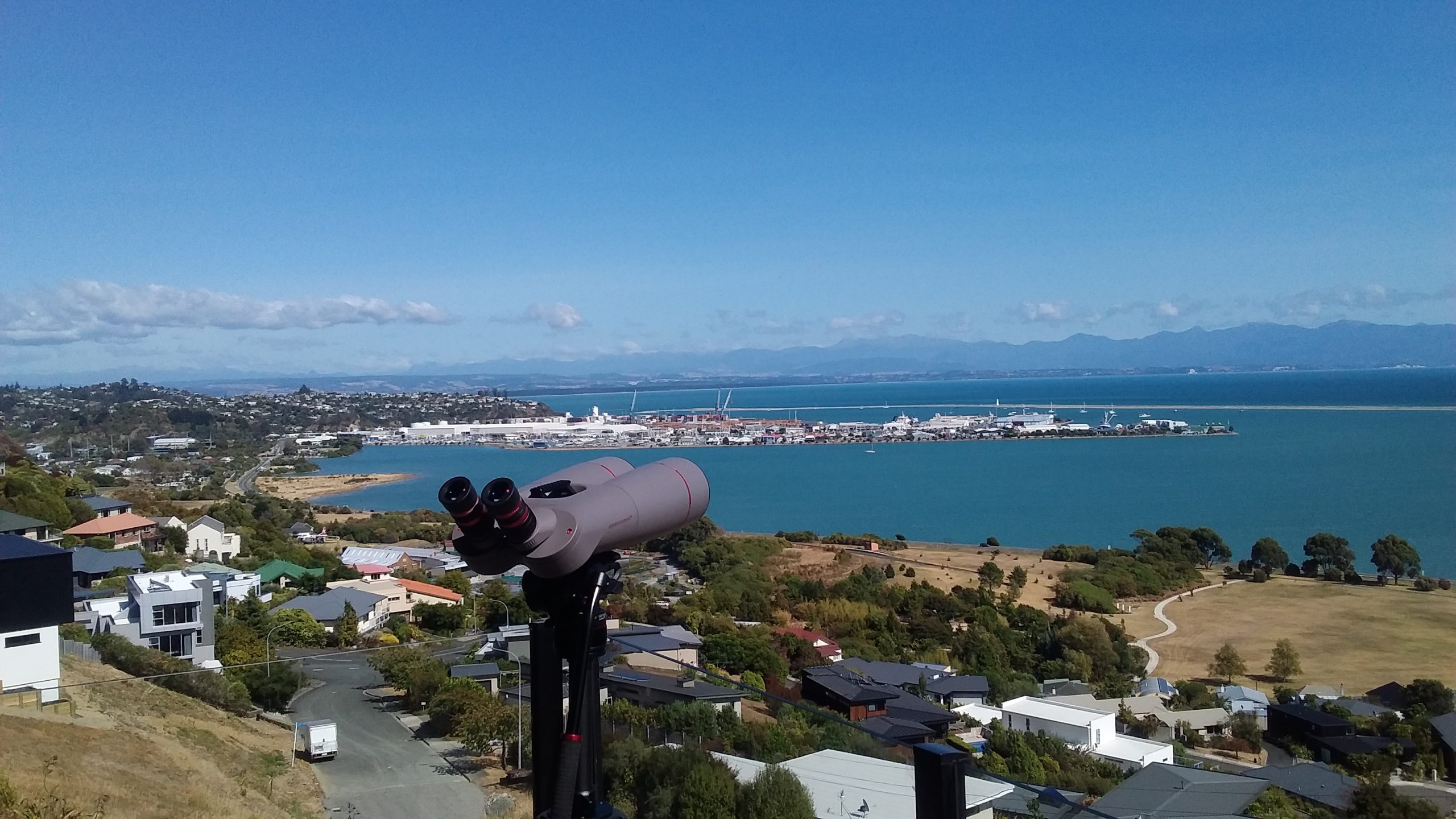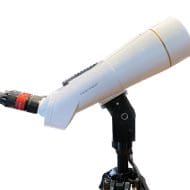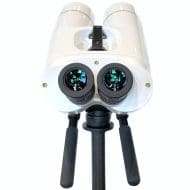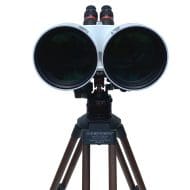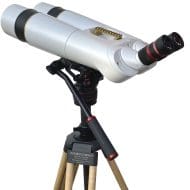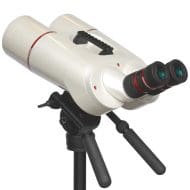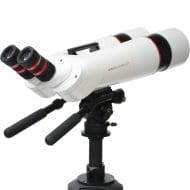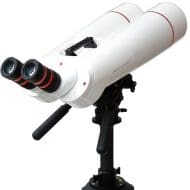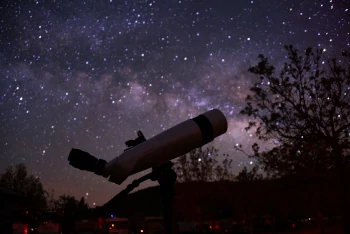We often hear from potential customers that are concerned about terrestrial viewing using a binocular that has 45-degree eyepieces, especially so when they are viewing downhill from an elevated location. First of all, 45-degree viewing is very comfortable when viewing to the horizon. Think about the giant binoculars that were used on WWII battleships- those were mostly used to look to the horizon as well as up to scan for planes. Most of those battleship binoculars have 45-degree viewing. People often over-estimate their viewing angle when viewing downhill, but this angle is usually insignificant when viewing a long distance. For example, let’s say you have a seaside home up on a bluff 100 feet above sea level. When viewing whales one mile out, your downward view is only -1 degree, so the viewing angle is 46 degrees instead of 45 degrees- which of course is insignificant. View angle will increase when viewing objects that are much closer, but unless you’re very high up on a mountain and viewing something much lower and very close, the viewing angle will not be uncomfortable. There are other advantages to 45-degree viewing, besides comfortable viewing of the night sky. 45-degree viewing is more “forgiving” for people of different heights. When multiple people are using the binocular, the tripod can be set for the shortest person, and taller people can just lean in a bit to get a comfortable view. With a straight-through view, the eyepiece height must match the viewer’s height to view comfortably. So the bottom line is 45-degree viewing won’t be a problem at all for your daylight terrestrial viewing, and will be much-appreciated for any astronomy you might do.

